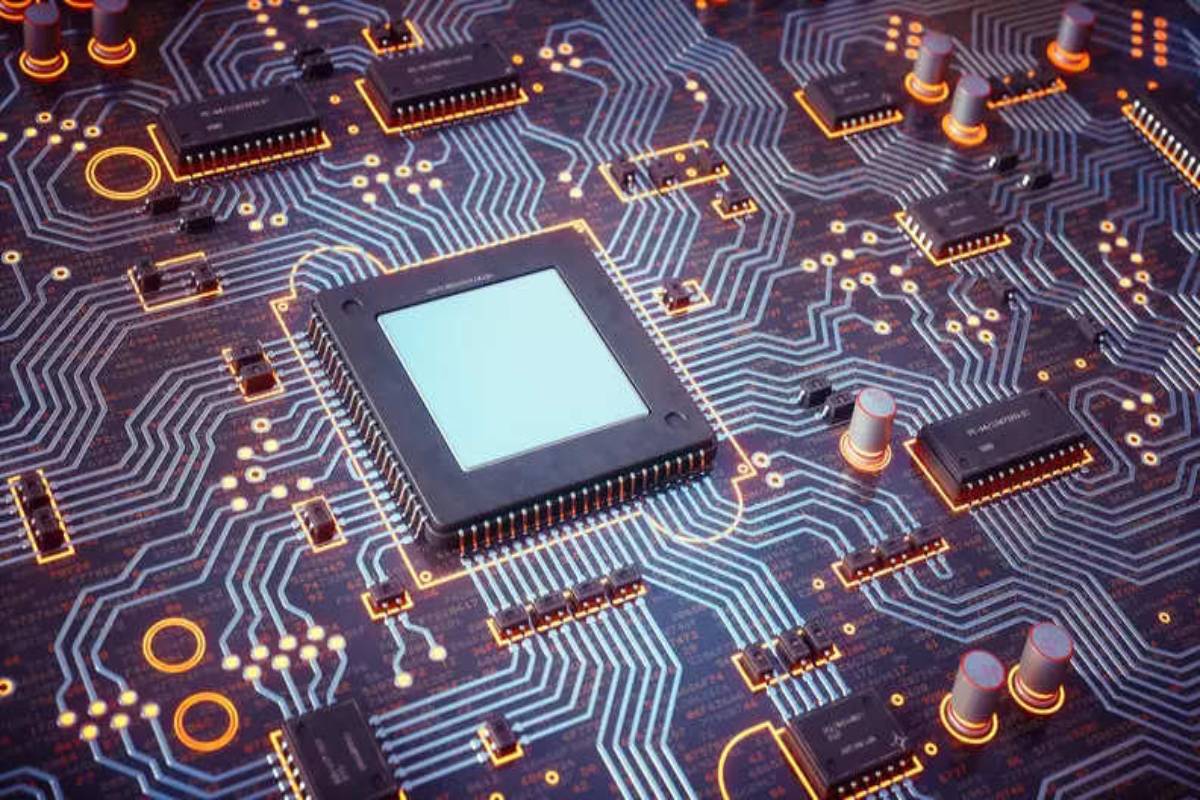India’s semiconductor push, spearheaded by Prime Minister Narendra Modi at meetings with American tech leaders, marks a pivotal moment in the country’s efforts to cement its position as a key player in the global supply chain. This strategic pivot not only seeks to reduce dependence on China but also aims to build long-term resilience in sectors critical to modern technology and national security.
The meeting, attended by high-profile CEOs from companies like Google, Adobe and NVIDIA, reflects the growing confidence in India as a potential hub for innovation, co-development, and manufacturing. However, achieving this ambitious goal will require India to overcome significant challenges and build a robust semiconductor ecosystem. India’s aspirations in the semiconductor sector have been long-standing, but previous attempts at fostering a home-grown chip manufacturing industry have faltered. The complexities involved in chip fabrication, which require cutting-edge technology, substantial financial investments, and highly specialised talent, have posed hurdles. However, the latest India-US semiconductor pact signals a renewed opportunity for India to finally make its mark.

By focusing on producing chips for defence and next-generation technologies, this deal underscores India’s strategic importance, particularly in the context of growing tensions between the US and China. As global power dynamics shift, India stands to benefit from its positioning as a trusted partner for the US and its allies. One of the key factors driving this shift is the diversification of supply chains. The Covid-19 pandemic and rising geopolitical tensions with China have exposed the vulnerabilities of a heavily concentrated global semiconductor supply chain. As the world’s second-largest manufacturer of semiconductors, China’s dominance in this sector has raised concerns, especially for countries like the US, which view semiconductors as vital not only for consumer technology but also for national security. This is where India comes in ~ as a democratic nation with a growing manufacturing base, India offers an alternative to firms seeking to reduce their reliance on China. However, while the semiconductor pact is a promising step, it remains to be seen whether India can deliver on its potential.
Building a semiconductor industry from scratch will require long-term investments in infrastructure, talent development, and research and development. Additionally, India must navigate the highly competitive nature of the global semiconductor market, where established players like Taiwan, South Korea, and China are far ahead in terms of capacity and technological sophistication. At the same time, India’s outreach to top tech leaders and its engagement with the Indian diaspora demonstrate the country’s soft power and its ability to leverage global networks for economic and strategic gain.
Ultimately, India’s semiconductor ambitions are intertwined with its broader goals of becoming a global manufacturing hub and enhancing its strategic partnerships. While the road ahead is challenging, the growing alignment between India and the US, coupled with the shifting geopolitical landscape, provides India with a unique opportunity to assert itself as a key player in the global tech ecosystem












